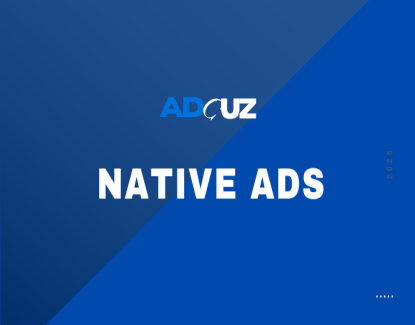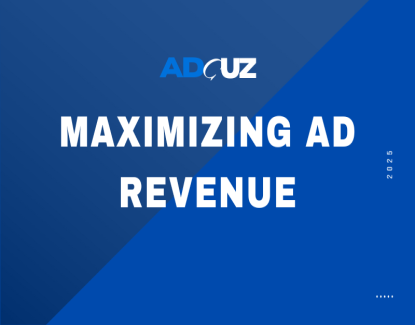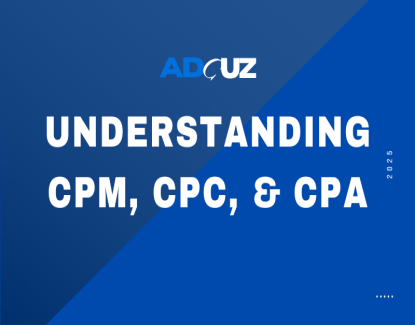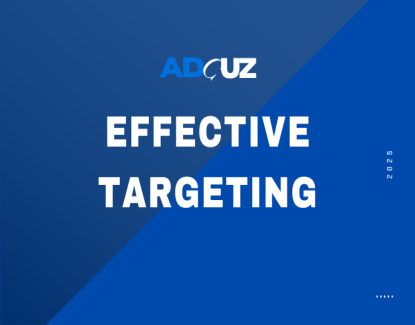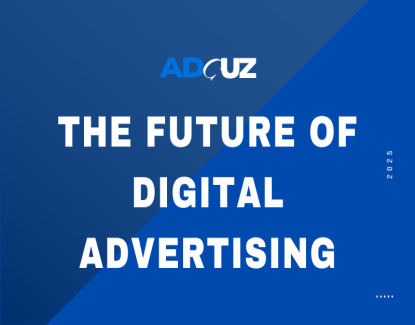How to Maximize Your Ad Revenue: A Publisher's Guide
- Home
- How to Maximize Your Ad Revenue: A Publisher's Guide
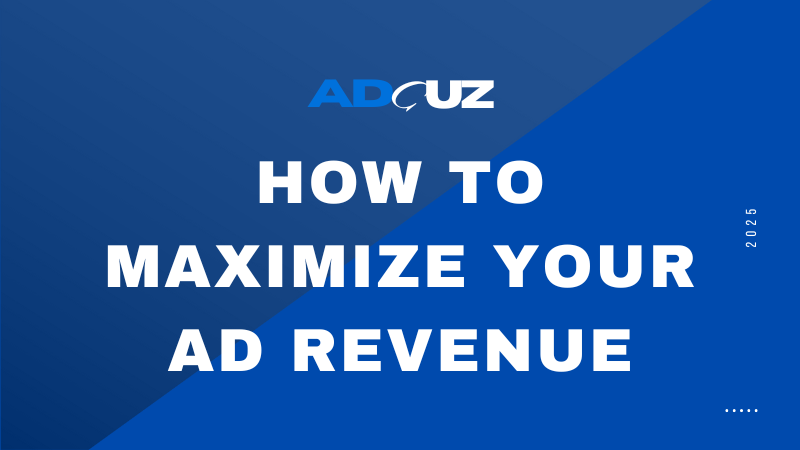
- 28 Oct 2020
How to Maximize Your Ad Revenue: A Publisher's Guide
For any website owner, turning traffic into a sustainable income stream is the ultimate goal. However, simply placing ads on your site is no longer enough. To truly maximize your ad revenue, you need to adopt a strategic, data-driven approach that balances monetization with an exceptional user experience.
Here’s a detailed guide on how to make your website a profitable ad powerhouse.
1. Master Ad Placement and User Experience (UX)
The location and layout of your ads are paramount. While you want to maximize visibility, you must avoid overwhelming your audience, which can lead to ad fatigue and a high bounce rate.
Strategic Placement: Place your ads in high-visibility areas, such as above the fold (the portion of the page visible without scrolling) and strategically within your content. An ad placed between paragraphs in a long-form article often has higher viewability and click-through rates because users are already engaged with the content.
Don't Overdo It: There is a fine line between profitability and user experience. Overloading a page with ads not only annoys users but can also harm your site's SEO and even lead to penalties from search engines like Google.
Site Speed is Non-Negotiable: A slow-loading website kills ad revenue. Studies show that even a one-second delay can drastically increase bounce rates and decrease conversions. Optimize your images, use a fast hosting provider, and utilize lazy loading for ads to ensure your site loads quickly and smoothly.
2. Diversify Your Ad Formats and Revenue Streams
Don't rely on a single ad format. Diversifying your ad types allows you to capture different audiences and command higher prices.
Native Ads: These ads seamlessly blend into your website’s content and design, making them less intrusive and more engaging for users. They often have higher click-through rates and better conversion performance.
Video Ads: Video content has the highest demand from advertisers. Formats like in-stream (pre-roll, mid-roll) and out-stream video ads (appearing within an article) command premium CPMs (Cost Per Mille) and are a must for any publisher.
Rewarded Ads: Common in the gaming and app space, these ads offer users a reward (like access to gated content or a free download) in exchange for watching an ad. This creates a value exchange that users are happy to engage with.
Consider Revenue Diversification: Look beyond traditional display ads. Many publishers successfully monetize through digital subscriptions, affiliate marketing, or by selling their own products and services to their audience.
3. Embrace Modern Ad Technology
The days of simply using one ad network are over. The most profitable websites use a combination of technologies to create real-time competition for their ad inventory.
Header Bidding: This is a revolutionary technology that allows multiple ad exchanges and demand partners to bid on your ad inventory simultaneously, before the ad server is called. This creates a real-time, unified auction that drives up the price for every impression, leading to a significant revenue lift.
Ad Mediation Platforms: These platforms manage your ad inventory and automatically serve the ad from the network that offers the highest price for each impression. They simplify the complex process of working with multiple partners.
Ad Networks and Exchanges: While header bidding is the gold standard, you still need to work with top-tier ad networks and ad exchanges. The best ad networks for publishers in 2025 include Google AdSense/AdX, Amazon Publisher Services, and specialized platforms like Mediavine and Raptive, which offer managed services to help you maximize revenue.
4. Understand and Analyze Your Audience
Your ad inventory's value is directly tied to the quality of your audience. The more you know about them, the more you can earn.
Audience Segmentation: Analyze your website's analytics to understand your audience's demographics, location, and interests. This information is invaluable for attracting premium advertisers who are looking to target a specific market.
Content is King: High-quality, original, and dynamic content is the best way to attract and retain a loyal audience. When you provide value, users will keep coming back, increasing your page views and ad impressions.
Use Analytics to Your Advantage: Tools like Google Analytics can show you which pages earn the most, where your most valuable traffic comes from, and which ad units are performing best. Regularly monitoring these metrics allows you to make data-driven decisions about your content and ad strategy.
5. Prioritize Ad Quality and Transparency
Low-quality, irrelevant, or fraudulent ads can damage your brand reputation and drive users away.
Screen for Ad Quality: Partner with ad networks that have strict quality controls to ensure the ads shown on your site are brand-safe and trustworthy.
Ensure Viewability: Advertisers pay more for ads that are actually seen. Optimize your ad placements for high viewability and avoid showing ads to users who are unlikely to see them (e.g., ads in hidden or hard-to-reach areas of the page).
Combat Ad Blockers: Instead of fighting ad blockers, many publishers are engaging with users who have them enabled. A friendly message asking them to disable their ad blocker or offering a subscription to an ad-free version of your site can turn a lost impression into a revenue opportunity.
Maximizing ad revenue is a continuous process of learning, testing, and optimizing. By focusing on a strong user experience, leveraging advanced ad technology, and making data-driven decisions, you can build a profitable and sustainable digital business for years to come.

